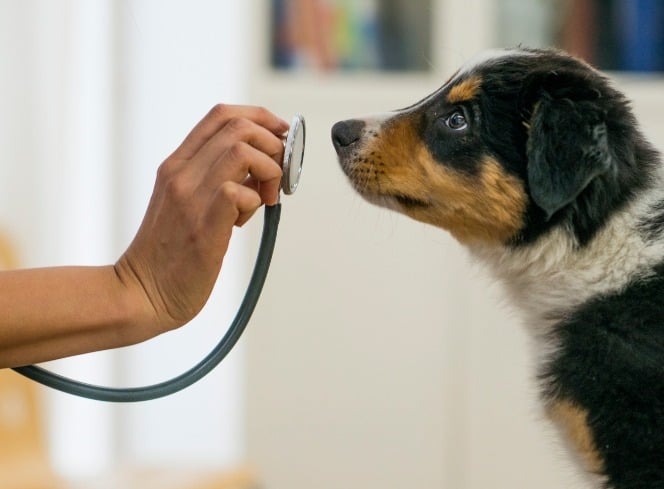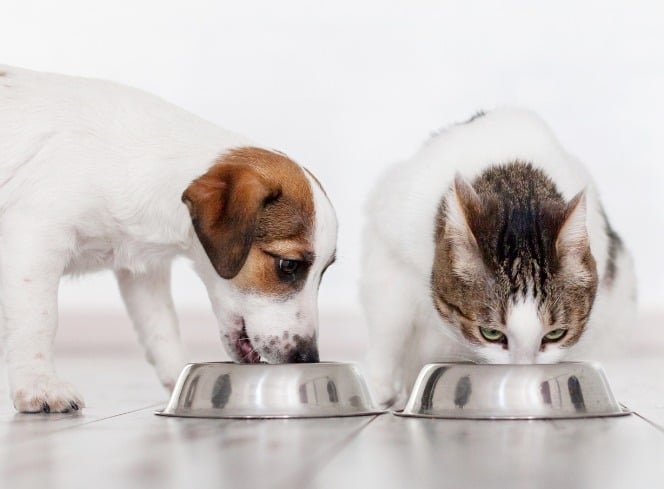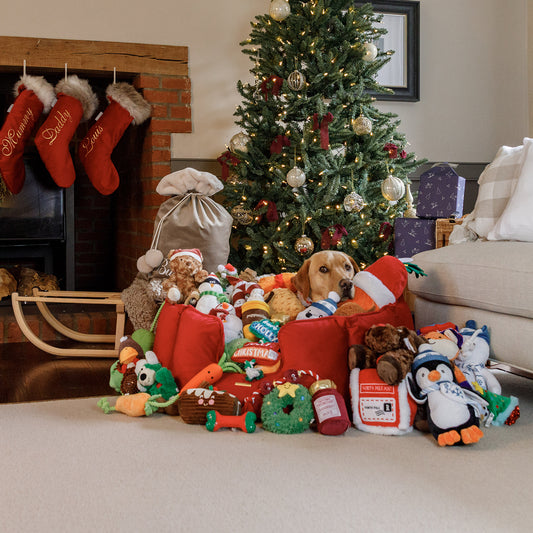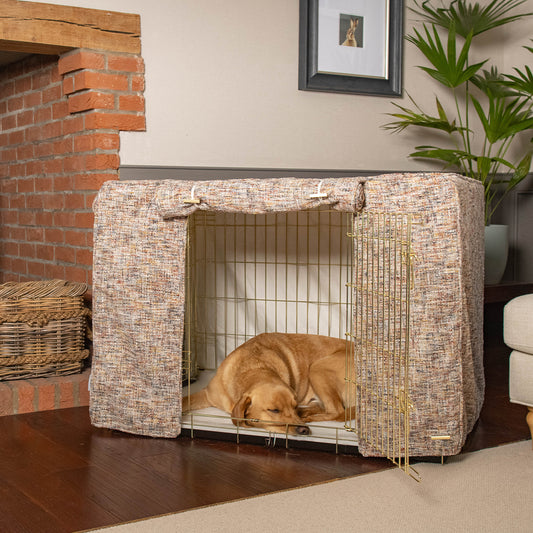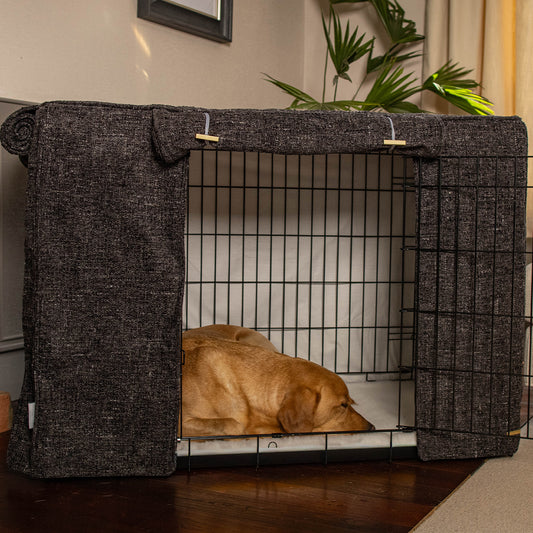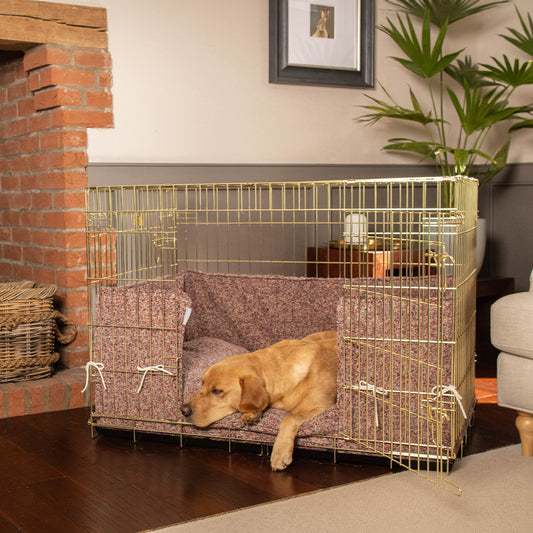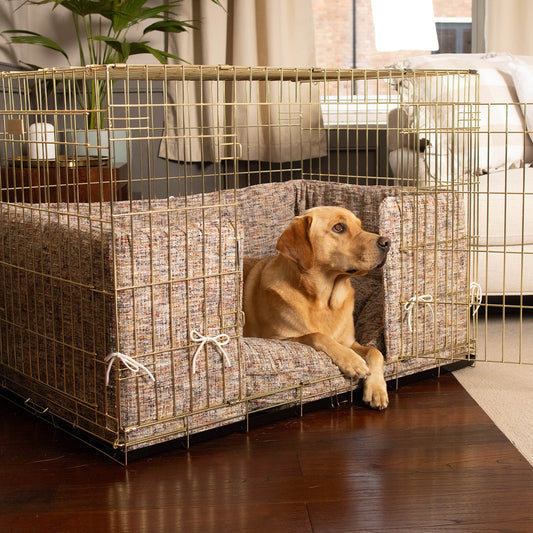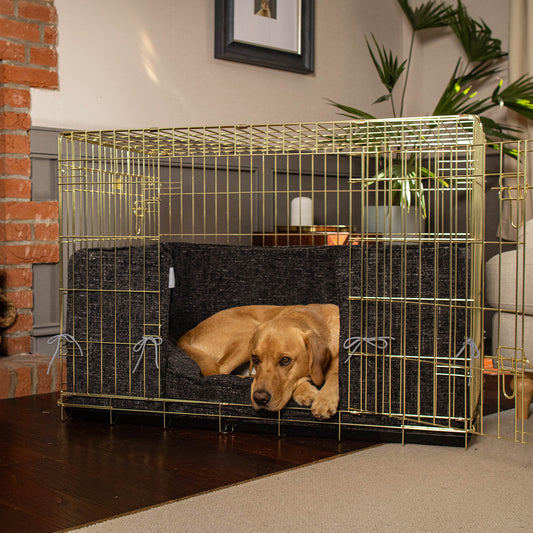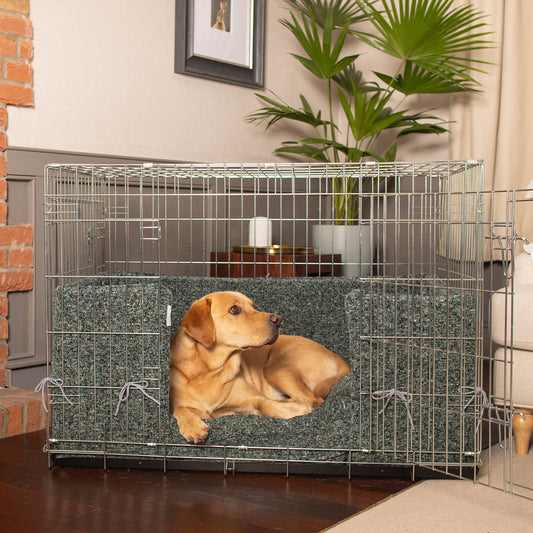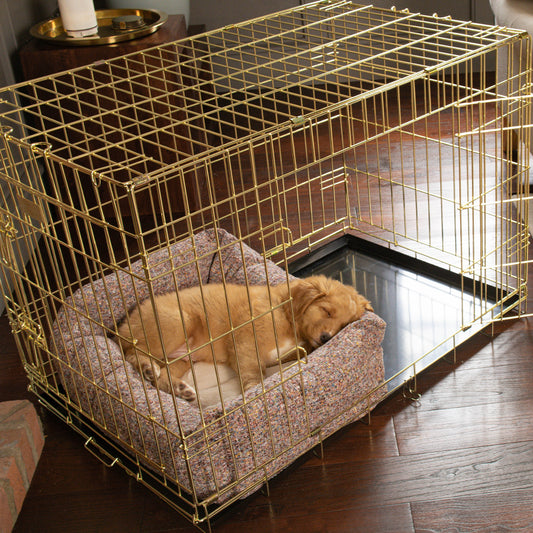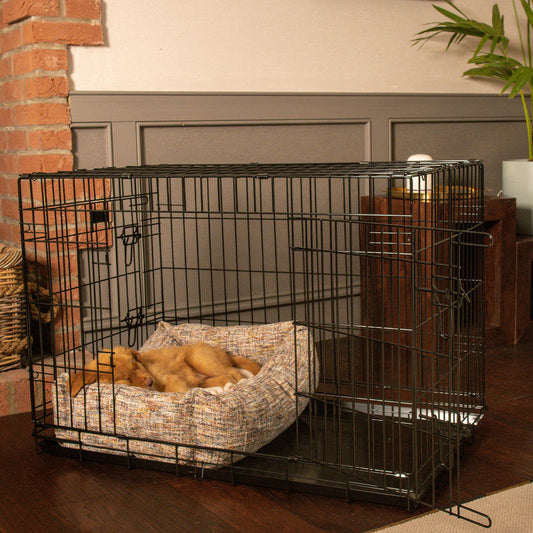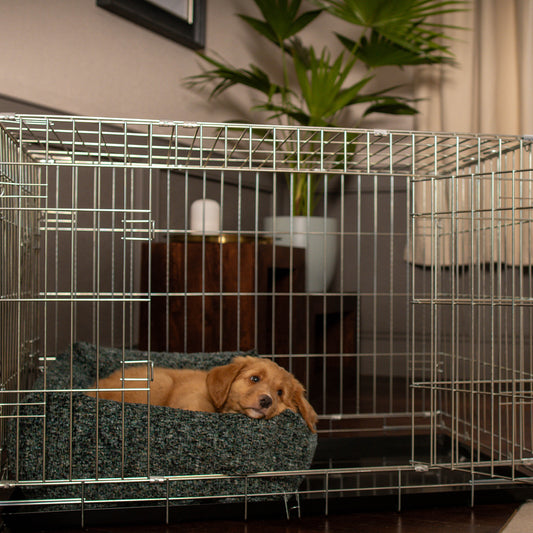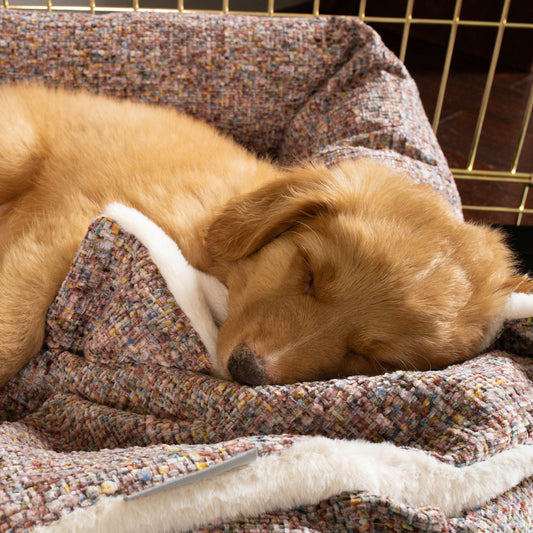Peanut butter—a delightful treat beloved by many—has found its way into the hearts (and mouths) of numerous canine companions. But while it's a delicious indulgence for humans, the question remains: Is peanut butter safe and beneficial for our four-legged friends?
Can Dogs Have Peanuts?
The short answer: Yes, dogs can eat peanuts. These legumes are safe for most dogs when served in moderation and in the right form. However, some caveats exist, especially regarding certain types of peanuts or peanut-related products.

Are Peanuts Toxic to Dogs?
Raw or salted peanuts, especially in large quantities, might pose risks to dogs due to potential additives like salt, which can lead to sodium ion poisoning. Moreover, aflatoxins—a type of mould commonly found in peanuts—can be harmful to dogs if ingested in significant amounts. Always opt for unsalted, unflavoured peanuts and ensure they are fresh and free from mould.
Is Peanut Butter Good for Dogs?
High-quality, unsweetened, and unsalted peanut butter can be a safe and healthy treat for dogs. It's an excellent source of protein, healthy fats, vitamins, and niacin. Not to mention, many dogs absolutely adore its taste and texture!
Peanut Butter Dog Treats: Safe and Delicious
When considering peanut butter for dogs, especially as a treat or in homemade recipes, it's crucial to steer clear of xylitol—a common sweetener found in some peanut butter brands. Xylitol is toxic to dogs and must be avoided at all costs.
Peanut Butter Dos and Don'ts for Dogs:
Dos:
- Opt for Natural Peanut Butter: Choose unsweetened, unsalted varieties without additives like xylitol.
- Moderation is Key: While nutritious, peanut butter is calorie-dense. Limit the portions to prevent excessive calorie intake.
- Homemade Treats: Consider making homemade peanut butter treats using safe ingredients tailored for dogs.
Don'ts:
- Xylitol-Containing Products: Avoid peanut butter brands that include xylitol, as it can be lethal to dogs.
- Mouldy or Rancid Peanuts: Always ensure that the peanuts or peanut butter are fresh and free from mould or spoilage.
Can Puppies Have Peanut Butter?

Puppies can enjoy peanut butter in moderation as part of a balanced diet once they've transitioned to solid foods. However, due to their developing systems, it's crucial to introduce new foods gradually and consult a veterinarian before introducing peanut butter to a puppy's diet.
Peanut Butter Dog Treats Recipe
Ingredients:
- 1 cup natural peanut butter (no xylitol)
- 1 egg
- 1 3/4 cups whole wheat flour
Instructions:
- Preheat oven to 350°F (175°C).
- In a bowl, mix peanut butter and egg until well combined.
- Gradually add flour and mix until a dough forms.
- Roll out dough to 1/4 inch thickness and cut into desired shapes.
- Place treats on a baking sheet and bake for 15-20 minutes until golden brown.
- Let the treats cool completely before serving to your furry friend.
Final Thoughts
Peanut butter, when selected and served wisely, can be a delightful addition to your dog's diet. Always prioritise quality, avoid harmful additives, and ensure moderation in feeding. As with any new food, consult your veterinarian to ensure it fits well with your dog's specific dietary needs and health condition. With these precautions in mind, sharing a dollop of peanut butter with your furry companion can be a delicious and safe indulgence!




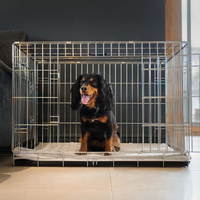





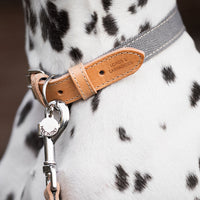



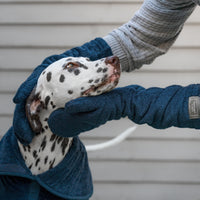


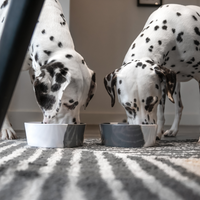
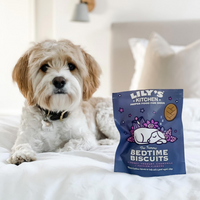


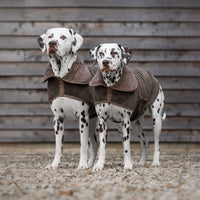
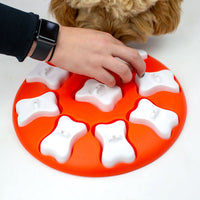

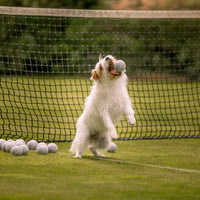
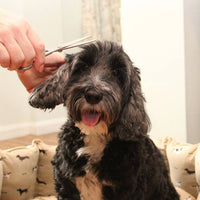



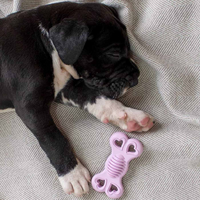

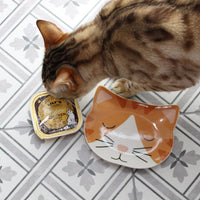
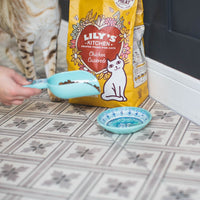








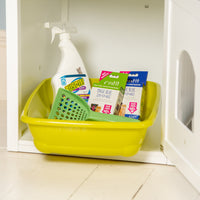


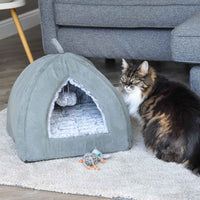









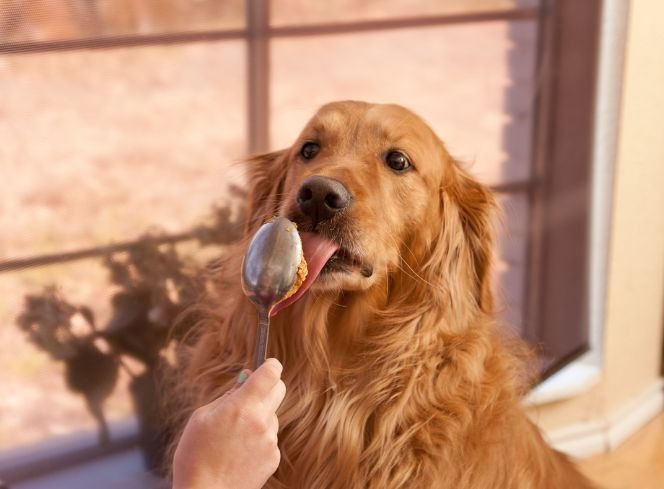

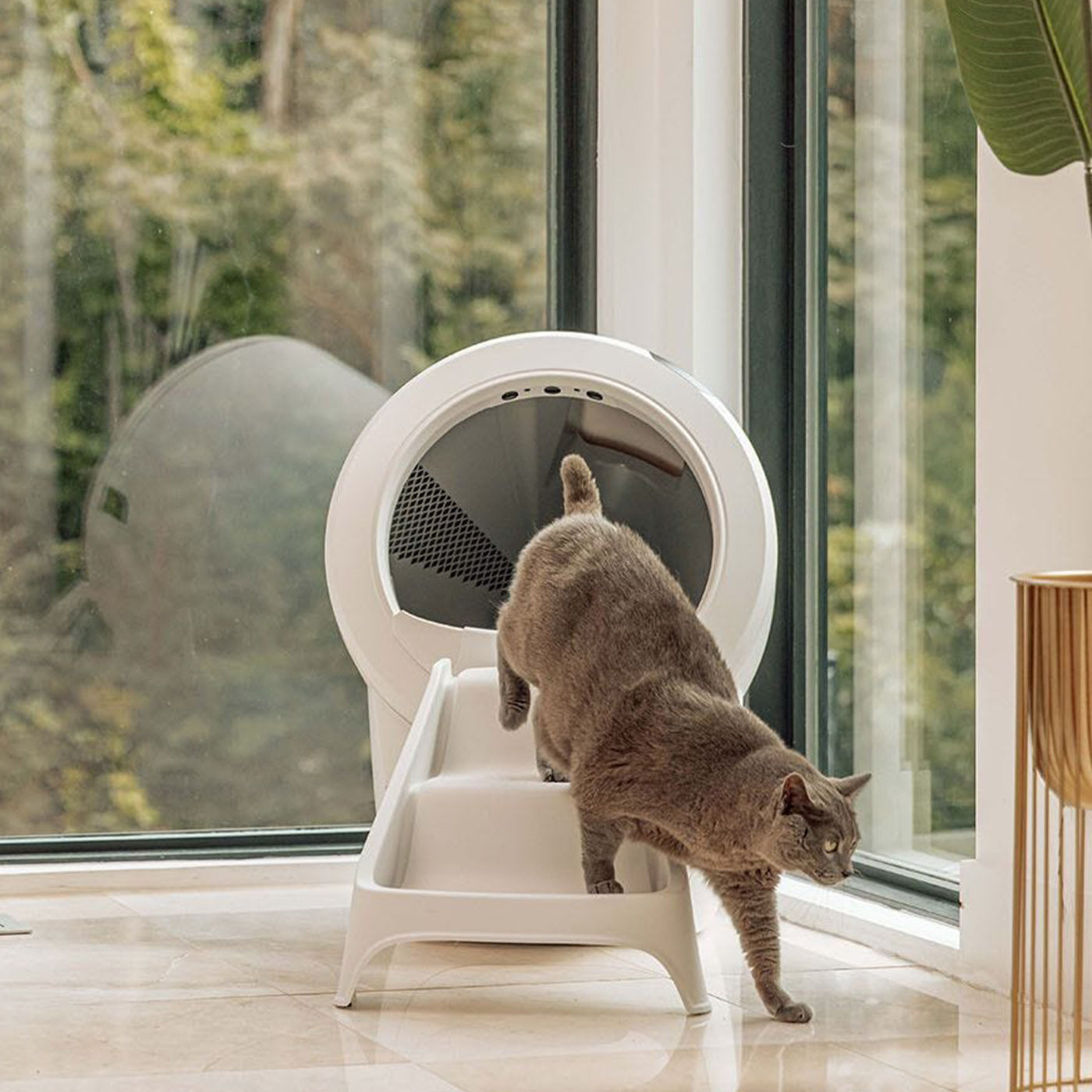


![[size:small]](http://www.lordsandlabradors.co.uk/cdn/shop/products/earth-animal-chew-peanut.jpg?v=1648462693&width=533)





